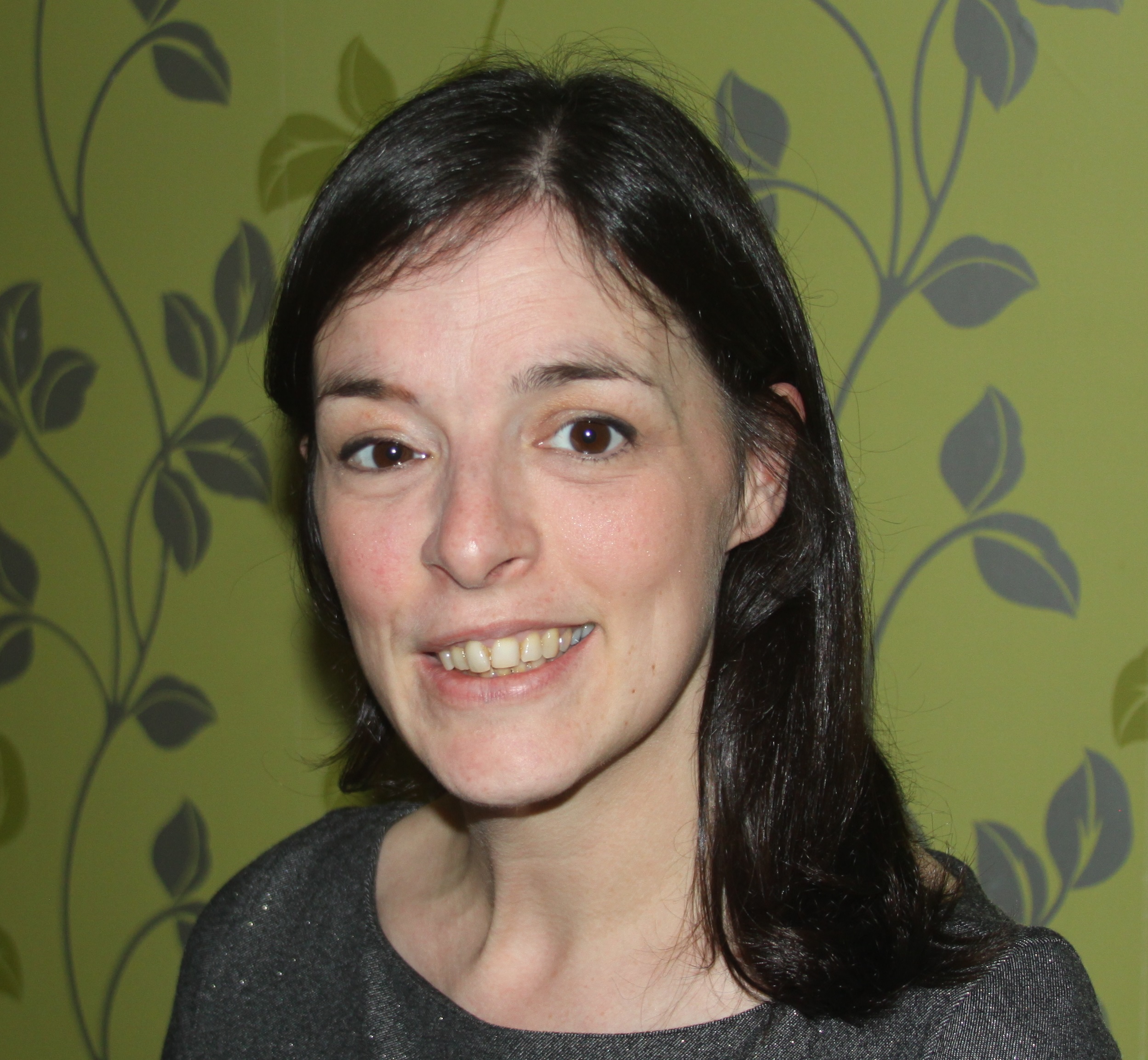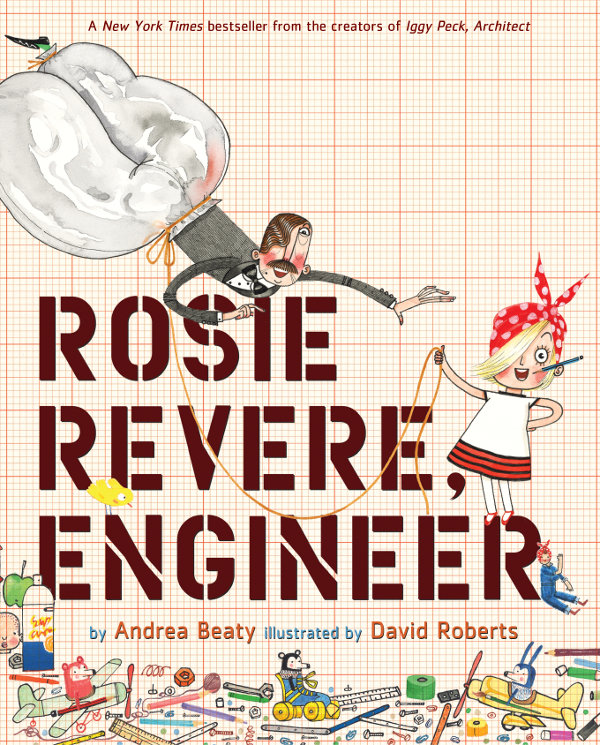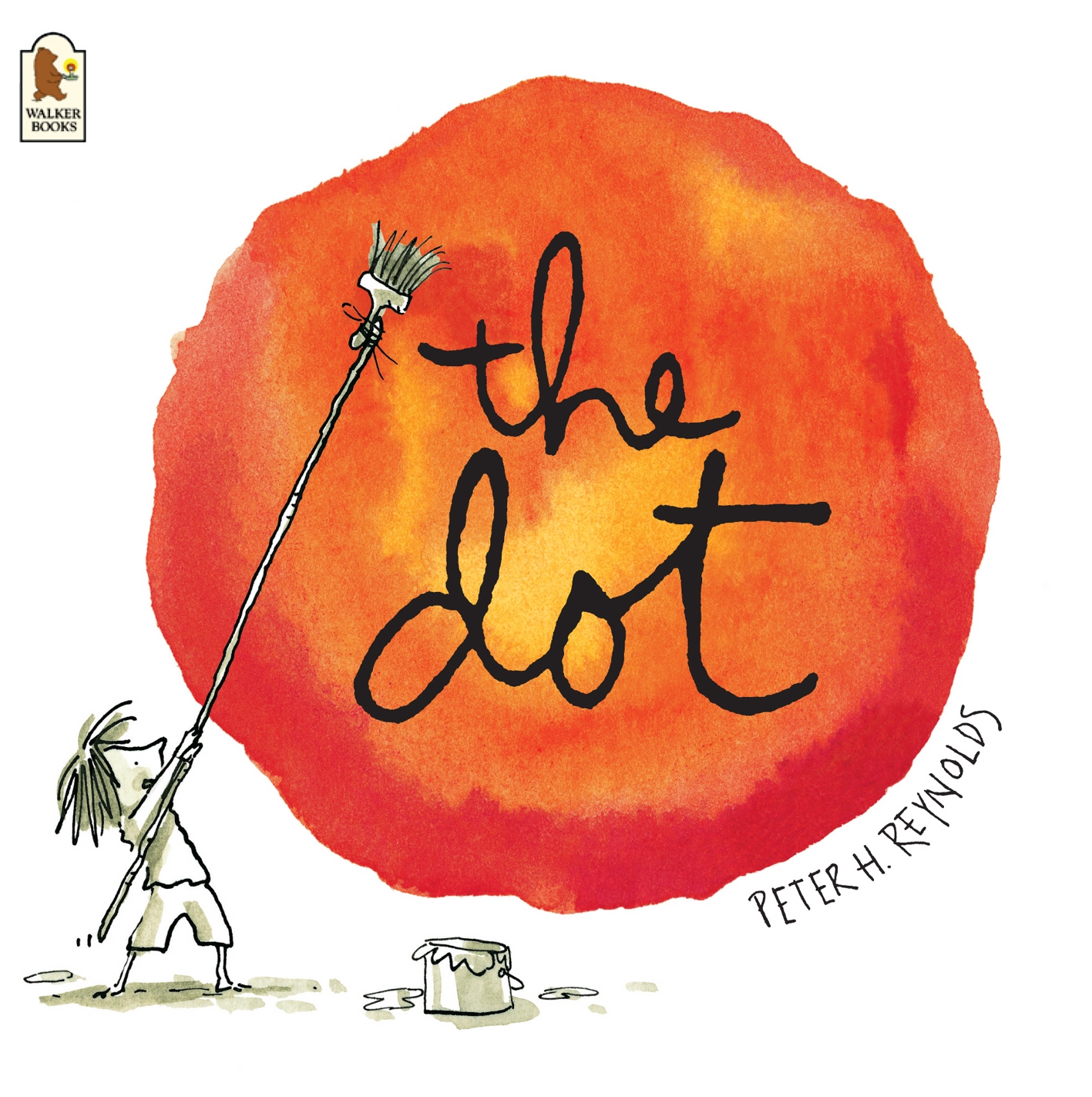Why Do Some Children Relish Challenge While Others Crumble, And What Can We Do About It?

If we are determined that our children will be both happy and successful in their future lives, we need to arm them with the life skills of perseverance, patience, positivity, kindness and resilience, to name but a few.

- by Jenni Willis

I’m in the unusually privileged position of having spent most of my career at either end of the primary school.
I’m often asked which I prefer, Reception or Y6? My answer is usually along the lines of, “You can’t possibly compare; they’re completely different jobs in different worlds.”
Where they do overlap though, are possibly the parts of my job that I love the most. In addition to the incessant commitment to a rigorous assessment for learning cycle, both year groups are about preparing children for the next stage in their journeys, getting them school ready – whether that is heading for KS1 or high school.
For some students, teachers and parents (and notable politicians), being ‘ready’ for that next stage of education is all about the magical 100 in SATs tests and, in Reception, achieving a ‘good level of development’ (being judged ‘expected’ in all prime areas, plus literacy and maths). However, that isn’t my definition of ‘school ready’.
If we are determined that our children will be both happy and successful in their future lives, we need to arm them with the life skills of perseverance, patience, positivity, kindness and resilience, to name but a few.
The renewed emphasis on problem solving and reasoning, not to mention the widened goal posts of the new curriculum, have certainly brought developing ‘resilience’ in our children to the forefront of educational discussion.
Why is it that some children relish a challenge, yet others crumble at the thought of edging over the line of their comfort zone? Why are some children happy to make mistakes while others worry about putting pen to paper?
Fragile learners
Broadly speaking, in my experience, the children that struggled with having a go at new challenges and showing resilience in the face of difficulties tended to fall into two broad categories.
Sometimes they were children that had always had an overwhelming amount of well-meant one-to-one adult support from home, school or both. They lacked the independence to apply their skills or the confidence to just have a go without a hand to hold.
In Reception, this could reveal itself first in PE sessions – the children who had no experience of playgrounds or walking along walls would be frightened to risk walking along or jumping off the bench solo.
Further up the school, unless independence and perseverance were championed by the special needs assistant, children with one-to-one support as part of their EHC plan could also fall into this group.
The other group of ‘fragile learners’ were also characteristically non-risk takers, usually quiet rule followers and often children that liked to get whatever it was that they were doing perfectly right – a lovely sea of ticks. In our school, these were often ‘top middle attainers’, and more than likely to be girls.
In 2014, I moved from Y6 to Reception and it alarmed me that I could probably predict the children in my new class that would find the reasoning and problem solving strands of the Y6 curriculum difficult seven years later.
Moreover, it was possible that no amount of traditional basic skills intervention would make it more natural or easier for them. Could something be done? Is it possible to develop a ‘have a go’ attitude or teach resilience, or should we accept their fate?
Modelling a growth mindset, we were determined to try.
Learning to fall
With our youngest children, we used the ‘characteristics of effective learning’ as the lead objective of our learning, focusing primarily on having a go, taking a risk and developing perseverance and resilience.
We tracked students using Leuven’s scale of active engagement. Working with parents, we enabled our pupils to have their first real experience of learning to ride (and fall off) two wheel bikes, all the time talking to them explicitly about getting back on the bicycle and how, with good practice, they were getting better.
We planned different activities to give target children the opportunity to be leader, coach and teacher. Learning to take risks became a featured part of our curriculum. The bike riding was an overwhelming success and the experience of deliberate practice, failing at first, was openly talked about and applied to other skills and curriculum areas.
Further up the school, every class adopted a growth mindset motto, such as “It’s the ‘umph’ that turns ‘try’ into ‘tri-umph’!”). We talked to the children about role models, how their brain works (including the fab animations from ClassDojo) and prioritised celebrating perseverance and determination with ‘star of the week’.
In truth, it was the focus on planning for learning and how we could give progress an intrinsic merit that had more impact in classes than any slogan or song. We purposefully modelled making (fake) mistakes and talking through our thought processes more than ever before, and in all curriculum areas. We provided far more opportunities to edit, redraft and work on problems for longer, ensuring we placed as much (if not more) emphasis on improvement and the ‘process’ than the end product.
Gentle push
We also thought long and hard about the groups of children that were particularly vulnerable and how we could target progress in this area for them. We planned carefully and with high expectations to ensure our learners did not always achieve success easily.
We established the expectation that no child should have everything correct in most of their work – mistakes help learning. We shuffled children’s groupings and seating arrangements, enabling those clearly struggling with making mistakes to work in a less exposed environment or a more secure group, to encourage risk taking.
This proved particularly successful for a few groups of children in maths, where we allowed them a little group discussion and reasoning about problems with their peers before putting pen to paper.
Importantly, we also worked with parents, showing them some of Carol Dweck’s work and talking through anecdotal evidence from their children’s classes. We discussed the value of praising their child’s effort and letting them struggle a little – and how this is difficult as a parent!
Through all of the tweaks to policy and practice, I still think the most important factor in helping a class develop resilience is your relationship with the pupils. It needs to be formed on a bedrock of trust – without that, making that leap into the uncertain is scary and appears impossible.
Yet with a teacher rooting for them, modelling determination, championing and vocalising their aspirations and carefully finding a balance between scaffold and giant leap, children can achieve the unexpected. In a culture where making mistakes is not only the norm, but expected and praised – “I’m really glad you made that mistake – can we show the class, so we all learn from it?” – the vast majority of children will come with you.
It’s hard work to swim against the tide! Some are ready for a gentle push, others may need more reassurance about the landing, but it is knowing your children – really noticing them and listening to them – that is the difference between a fall and truly flying.
Books that model resilience
These titles contain inspiring messages and main characters that model resilience and success following failure.
- Rosie Revere, Engineer, by Andrea Beaty, illustrated by David Roberts (£10.99, Abrams)
- The Dot by Peter H Reynolds (£6.99, Walker Books)
- The Most Magnificent Thing by Ashley Spires (£13.20, Kids Can Press)


.jpg)
Jenni Willis is an assistant headteacher in Bolton and leads EYFS, KS1 and whole-school assessment. Find her at @jenwillis1.











